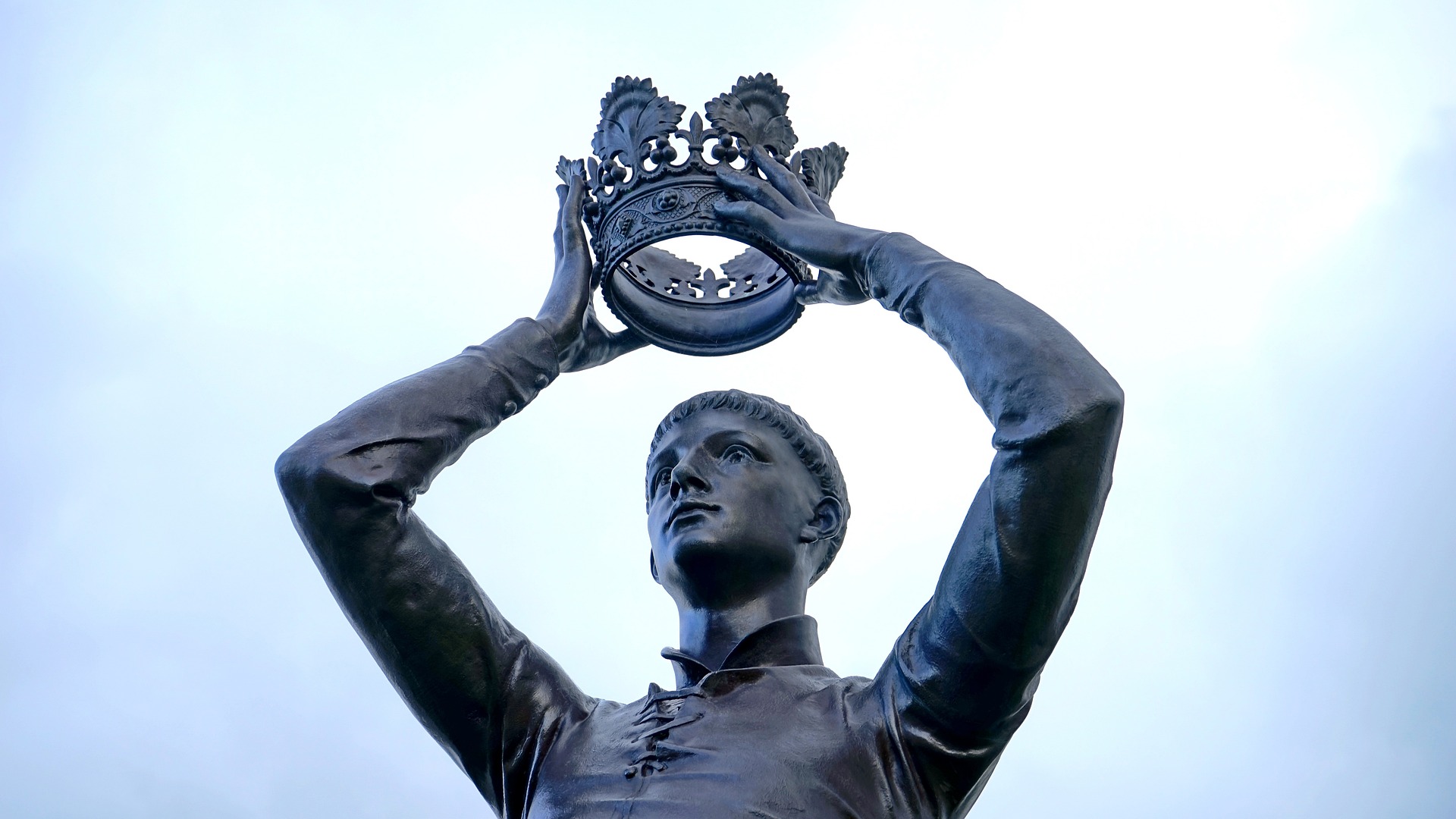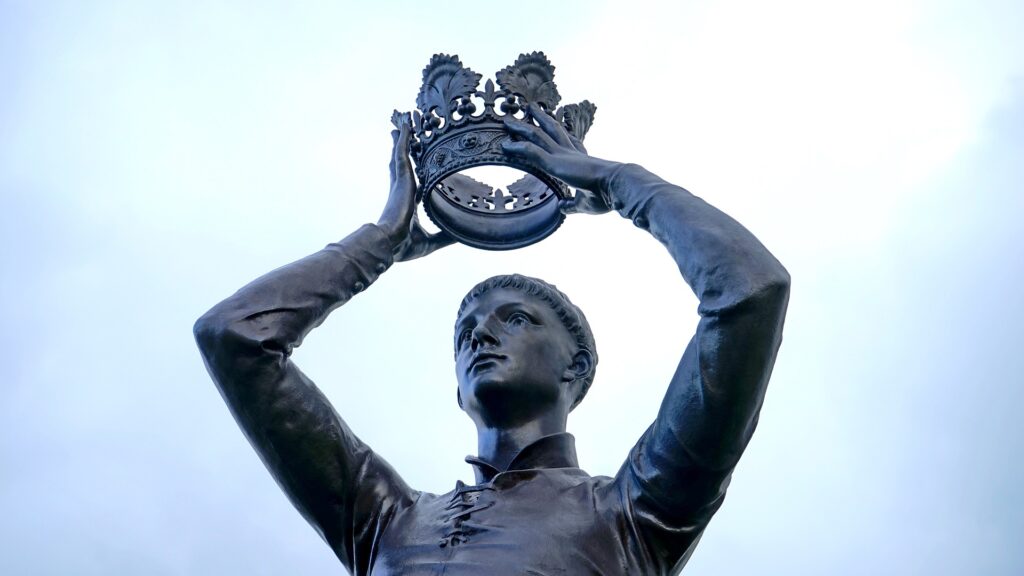Examine the portrayal of female characters in King Lear. How do Goneril, Regan, and Cordelia challenge or conform to traditional gender roles? What insights does Shakespeare provide into the position of women in society?

Portrayal of Female Characters in King Lear
The portrayal of female characters in William Shakespeare‘s play “King Lear” offers a complex examination of gender roles and provides insights into the position of women in society during that era. Through the characters of Goneril, Regan, and Cordelia, Shakespeare both challenges and conforms to traditional gender roles, offering a nuanced portrayal of women’s agency and power dynamics in a patriarchal society.
Goneril and Regan, Lear’s eldest daughters, initially conform to the traditional expectations of obedience and loyalty that were imposed on women during the Elizabethan era. They present themselves as dutiful and loving daughters, expressing exaggerated flattery to gain their father’s favor. However, as the play progresses, Goneril and Regan reveal their true nature and challenge traditional gender roles by asserting their authority and wielding power.
Goneril, in particular, emerges as a cunning and manipulative character. She seizes control over her husband, the Duke of Albany, and demonstrates her ability to manipulate situations to her advantage. Goneril challenges the conventional idea of women as submissive and powerless, using her agency to assert dominance and actively participate in political intrigue. She even challenges the authority of Lear, her own father, and engages in a power struggle with him. Goneril’s actions highlight her agency and ambition, challenging the traditional gender roles expected of women in society.
Similarly, Regan displays a ruthless and ambitious nature. She conspires with Goneril against their father, demonstrating a desire for power and control. Regan challenges the conventional view of women as gentle and nurturing, instead embracing a more assertive and dominant role. Her actions defy societal expectations and illustrate the complexity of women’s roles in a patriarchal society.
On the other hand, Cordelia, the youngest daughter of Lear, challenges the traditional gender roles in a different way. Unlike her sisters, Cordelia refuses to conform to societal expectations by refusing to engage in exaggerated displays of affection to gain her father’s favor. She values honesty and integrity above complying with societal norms. Cordelia’s rejection of traditional gender roles portrays her as a strong and principled character, even though her refusal leads to her banishment. Shakespeare presents Cordelia as a symbol of moral purity and challenges the notion that women should conform to societal expectations at the expense of their integrity.
While Goneril, Regan, and Cordelia all challenge traditional gender roles to varying degrees, it is important to note that their actions and choices are still influenced by the patriarchal society they inhabit. Despite their agency, they are ultimately subject to the power dynamics imposed by men, particularly their father Lear. The male characters in the play often view women as objects to be possessed, controlled, and manipulated, reinforcing the subordinate position of women in society.
Shakespeare provides insights into the position of women in society by highlighting the constraints and limitations imposed upon them. The play reflects the patriarchal norms and expectations of the Elizabethan era, where women were expected to be obedient, submissive, and subordinate to men. The actions of Goneril, Regan, and Cordelia demonstrate the tensions and contradictions faced by women in a male-dominated society, as they navigate between conforming to societal expectations and asserting their own agency.
Overall, the portrayal of female characters in “King Lear” offers a complex exploration of gender roles and provides insights into the position of women in society during Shakespeare’s time. Through the characters of Goneril, Regan, and Cordelia, Shakespeare challenges traditional gender norms by depicting women who assert their agency, challenge authority, and defy societal expectations. However, the constraints of a patriarchal society are still evident, reminding us of the struggles women faced to navigate their roles and exercise their power in a society that sought to confine them to predetermined roles. The depiction of these female characters in “King Lear” encourages us to reflect on the evolving nature of gender dynamics and the ongoing quest for equality and empowerment.
*****
Read More: Questions and Answers from King Lear by William Shakespeare


